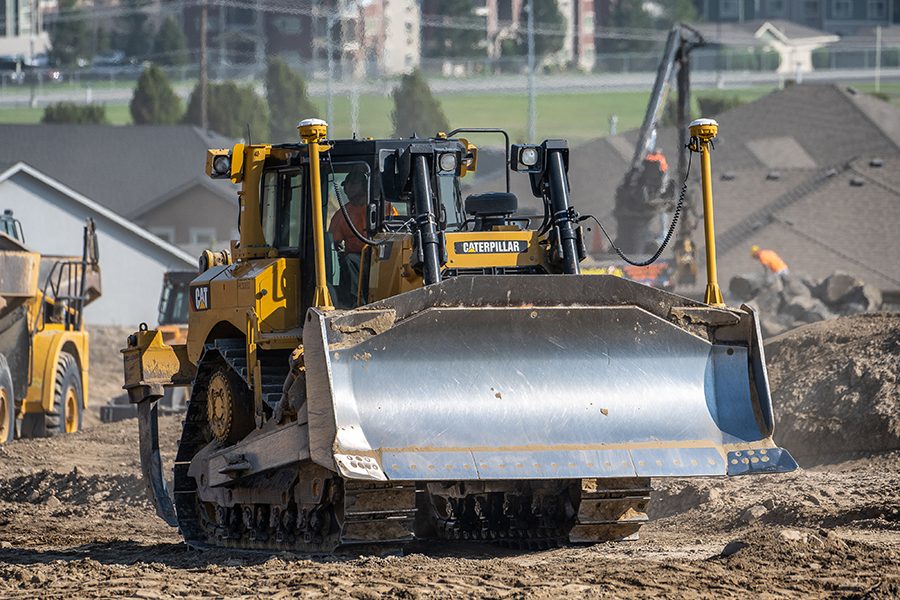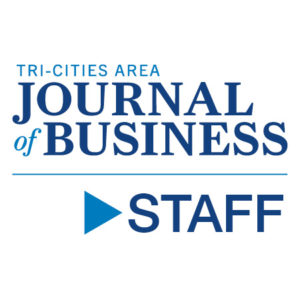
Home » Housing inventory, prices rose in September as interest rates top 7%
Housing inventory, prices rose in September as interest rates top 7%

November 11, 2022
September brought good news and bad for Tri-City homebuyers.
The inventory of unsold homes rose to 614. That’s half more than the same month a year ago, which gave buyers more to choose from.
But it was still well below the 1,200 needed for a balanced market, according to the most recent figures from the Tri-City Association of Realtors.
Buyers closed 343 deals in September, down 25%. The median and average prices were $471,000 and $440,000 respectively, increases of 14% and 16%.
The average home took 34 days to sell, nearly three times longer than in September 2021.
Rising interest rates will continue to affect both buyers and sellers, the former by making mortgages more expensive and reducing buying power and the latter by reducing the pool of potential buyers.
The interest rate for a 30-year mortgage broke 7% in late October, the first time since April 2002, according to Freddie Mac, the government-controlled finance company that purchases residential mortgages and provides liquidity to the mortgage market.
The average briefly dipped below 7% but is expected to keep rising as the Federal Reserve continues to battle inflation by reducing access to money through interest rate hikes.
On Nov. 2, it implemented the sixth rate increase of 2022 when it hiked rates by three-quarters of a point.
Additional increases are expected in the coming months.
Fed chair Jerome Powell quashed expectations it would ease off on future hikes when he said it would be “very premature” to back off during a press conference following the November board meeting.
The housing slowdown has not put current homeowners at risk, according to Attom, a real estate data firm based in Irvine, California.
On Nov. 3, it said 48.5% of homes with mortgages were considered “equity rich,” meaning the outstanding loan balances were no more than 50% of the estimated market value.
Attom said 2.9% of homes were considered “underwater,” meaning the outstanding loan balance was 25% or more of the estimated market value. That’s down from 3.4% a year ago.
Real Estate & Construction
KEYWORDS november 2022




